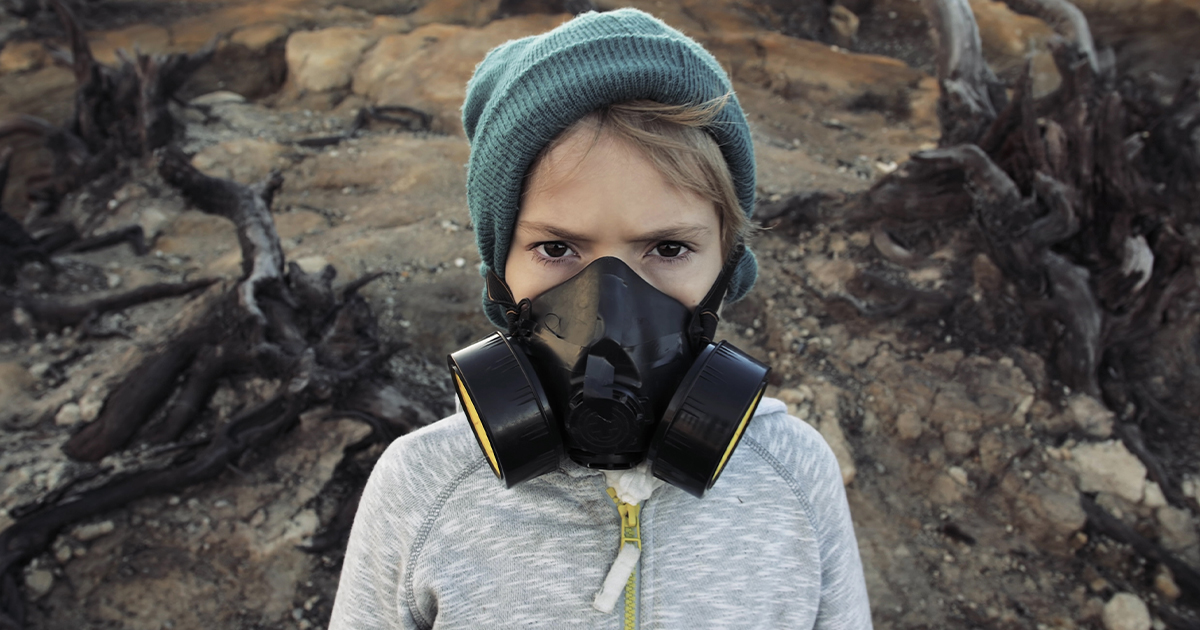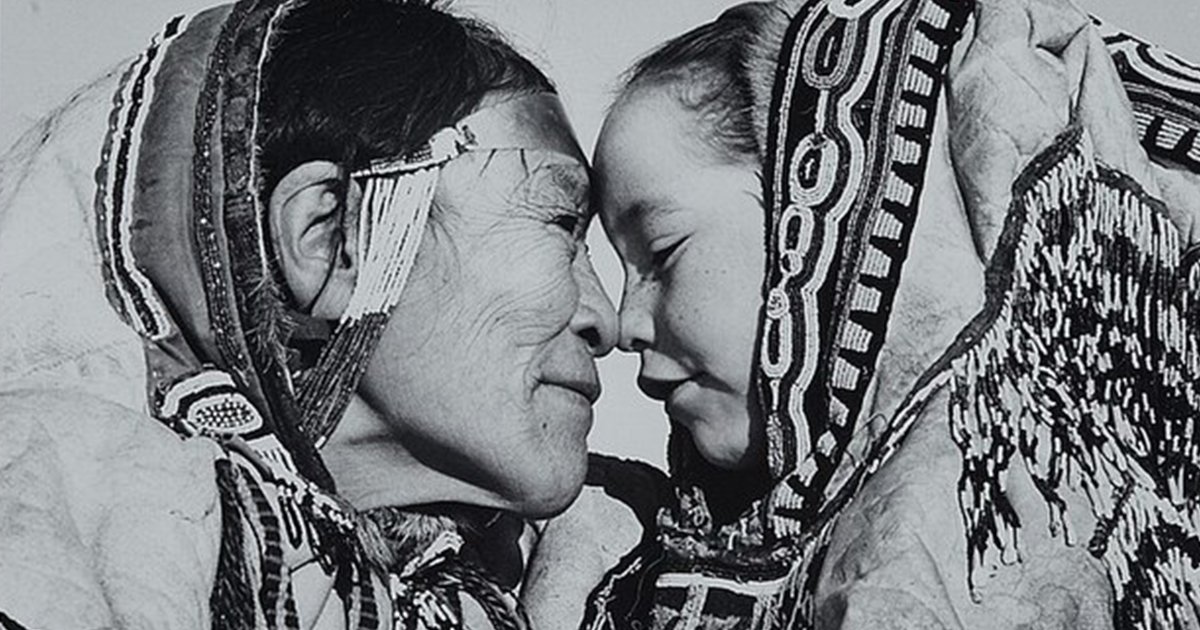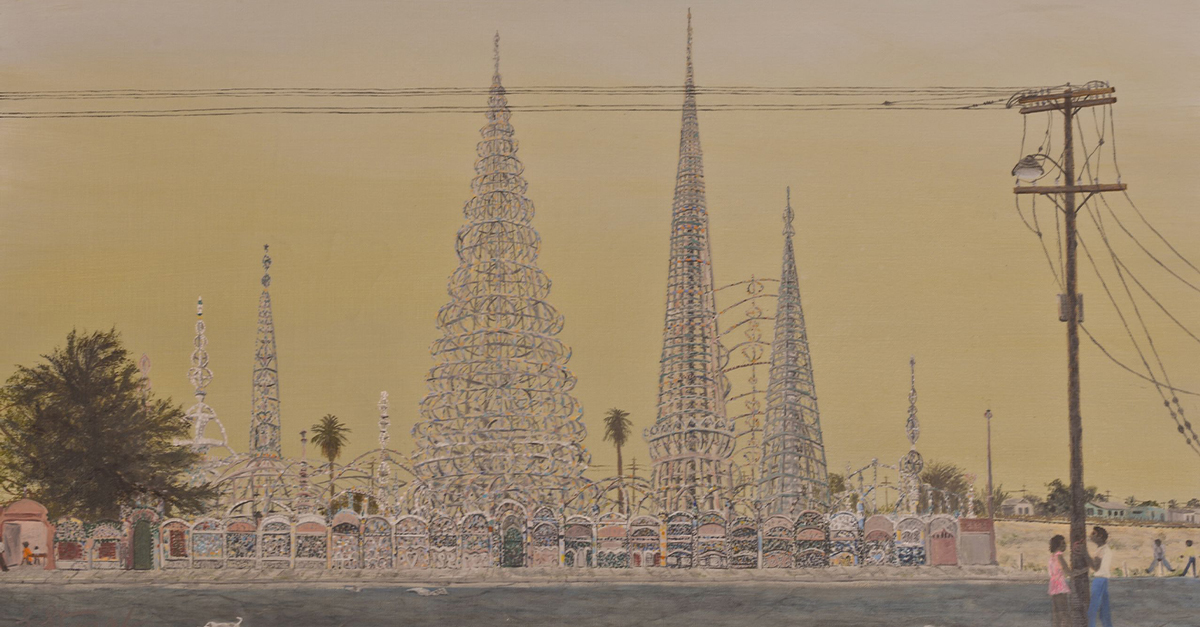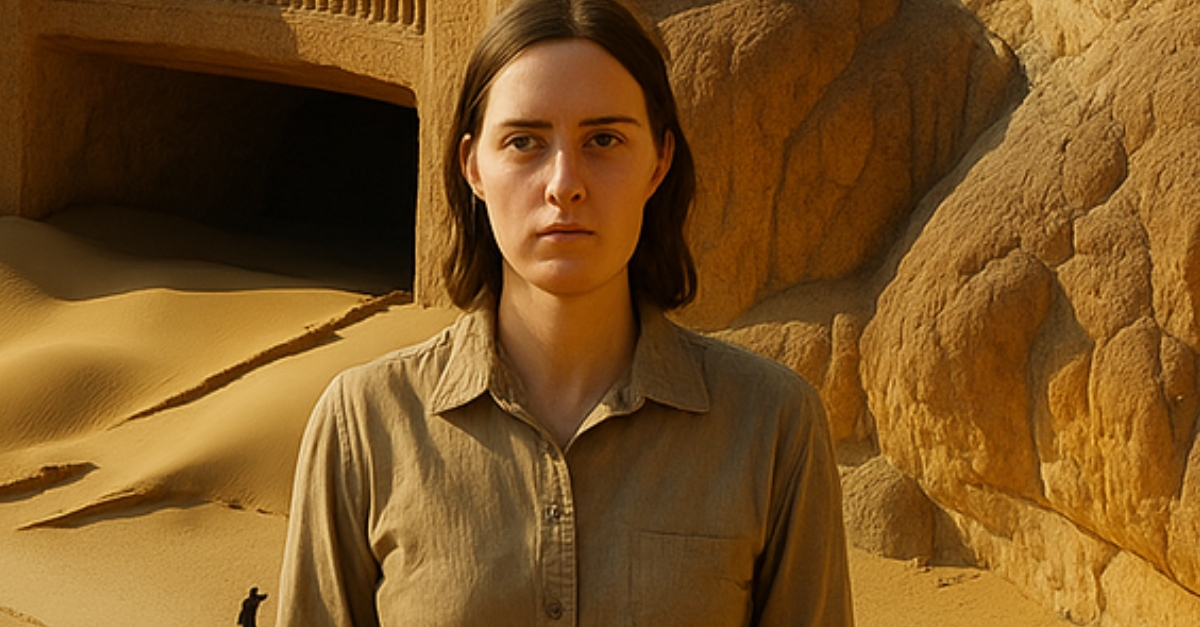The Most Polluted Place On Earth
In a desperate bid for nuclear supremacy, the Soviet Union unintentionally created the most dangerous place on Earth.
Welcome to Lake Karachay—the lake so polluted that spending an hour there would take your life. From the reason for its secret existence to the devastating consequences of its toxic contents, here’s everything you need to know about the most polluted spot on the planet.

Where Is It?
Lake Karachay, sometimes spelled Karachai or Karachaj, is located in the southern Ural Mountains in central Russia. It is close to the town of Ozyorsk—formerly called Chelyabinsk-40.
 ugraland, CC BY 2.0, Wikimedia Commons
ugraland, CC BY 2.0, Wikimedia Commons
Why Is It Dangerous?
Lake Karachay is not your typical freshwater lake, it is severely mixed with an unsafe amount of radioactive waste.
According to a report by the Worldwatch Institute on nuclear waste, Karachay is the most polluted open-air place on Earth—from a radiological point of view.
 Maple East, Lake Karachay: The Most Polluted Place in the World
Maple East, Lake Karachay: The Most Polluted Place in the World
How Did It Get This Way?
Starting in 1951, the Soviet Union used Lake Karachay as a dumping site for radioactive waste from Mayak, the nearby nuclear waste storage and reprocessing facility.
 Carl Anderson, Wikimedia Commons
Carl Anderson, Wikimedia Commons
What Is Important About Mayak?
The Mayak plant is one of the largest nuclear facilities in Russia—and was built in total secrecy between 1946 and 1948. In fact, it was kept a heavily guarded secret until 1990.
 Maple East, Lake Karachay: The Most Polluted Place in the World
Maple East, Lake Karachay: The Most Polluted Place in the World
Why Was It Kept Secret?
It was the first reactor used to create plutonium for the Soviet atomic bomb project—one so important that all safety procedures and considerations were completely thrown out the window.
And likely why it was kept on the down low for decades.
Why Was It Such High Priority?
Russia’s atomic bomb project was of utmost priority to produce enough weapons-grade material to match (and surpass) the US nuclear superiority after the atomic bombings of Hiroshima and Nagasaki.
So much so, that they had zero regard for worker safety or responsible disposal of waste materials.
 Carl Anderson, Wikimedia Commons
Carl Anderson, Wikimedia Commons
How Were Waste Materials Disposed?
The reactors were all optimized for plutonium production, producing tons of contaminated materials and using open-cycle cooling systems that directly contaminated the thousands of liters of cooling water the reactors used every single day.
Where Did The Water Come From?
Lake Kyzyltash was the largest natural lake capable of providing cooling water to the reactors—but it was rapidly contaminated because of the use of the open-cycle system.
Lake Karachay was even closer, but it was too small to provide enough cooling water. So instead, they gave it a different job.
 Maple East, Lake Karachay: The Most Polluted Place in the World
Maple East, Lake Karachay: The Most Polluted Place in the World
What Did They Use Lake Karachay For?
Lake Karachay may have been too small to provide enough water, but it was conveniently close by and could be used as a solution to another problem the Russians had.
The Dumping Ground
Lake Karachay became the dumping ground for large quantities of high-level radioactive waste that was “too hot” to store in the facility’s underground vats.
However, it wasn’t meant to be a forever solution.
 Maple East, Lake Karachay: The Most Polluted Place in the World
Maple East, Lake Karachay: The Most Polluted Place in the World
What Was The Original Plan?
The original plan was to use the lake to store the highly radioactive material until it could be returned to the Mayak facility’s underground concrete storage vats—but things got out of hand quickly.
 Maple East, Lake Karachay: The Most Polluted Place in the World
Maple East, Lake Karachay: The Most Polluted Place in the World
What Happened?
Before they realized it, Lake Karachay was inundated with lethal levels of radioactivity, making it too dangerous for anyone to even get close to.
Eventually, everything blew up in their faces—literally.
The Kyshtym Disaster
Lake Karachay was used as the dumping ground until 1957, when the Kyshtym Disaster happened—the entire underground storage system exploded due to a faulty cooling system.
The consequences were absolutely devastating.
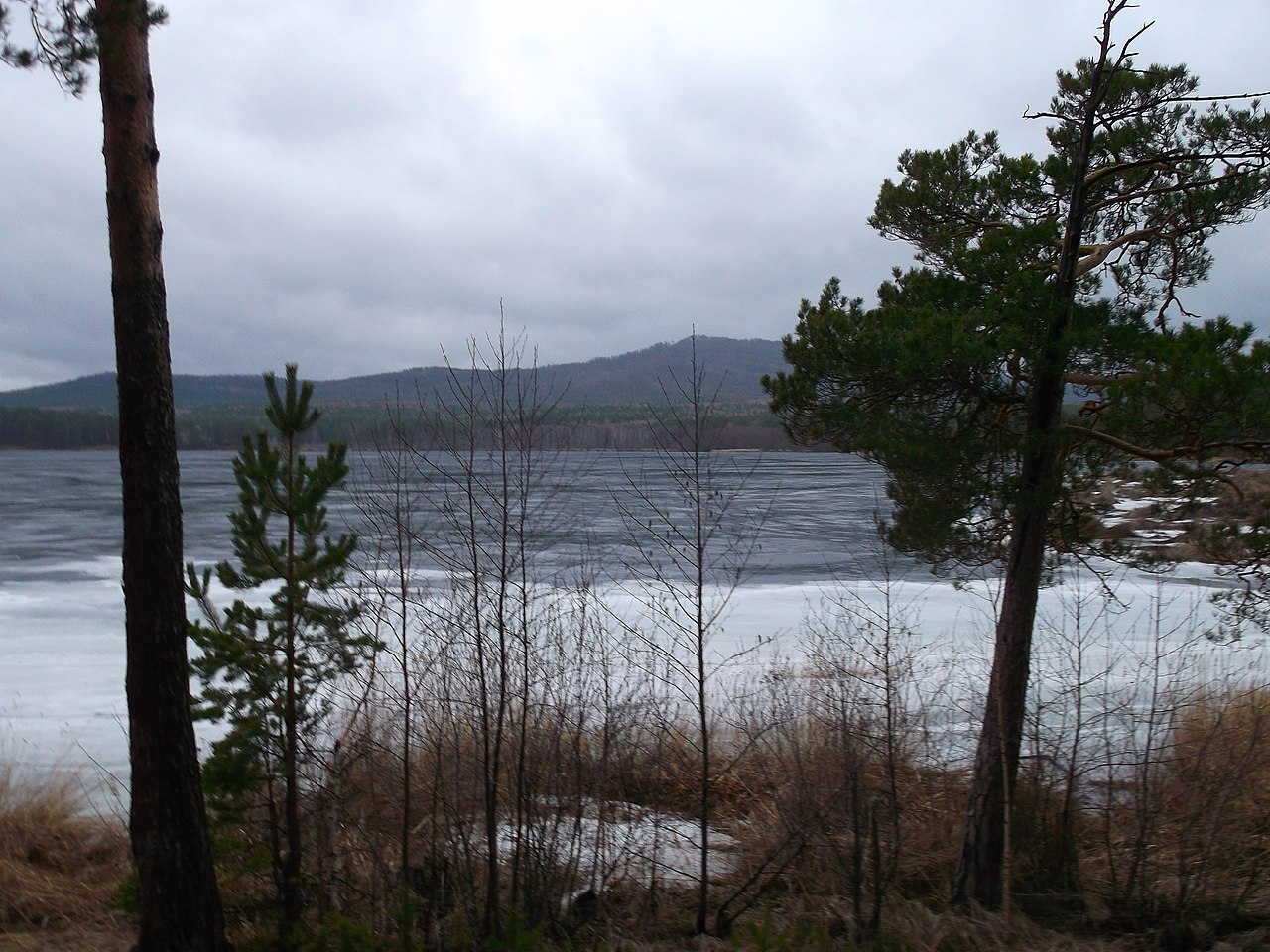 Sergey Narukov, CC BY 3.0, Wikimedia Commons
Sergey Narukov, CC BY 3.0, Wikimedia Commons
How Did This Affect The Community?
This incident caused widespread contamination of the entire Mayak area, causing the dumping grounds to be spread out over a variety of areas, including several lakes, rivers, and villages.
Even after this devastating incident occurred, the Russian government continued to keep everything completely under wraps—including further upsetting events.
 Javier Perez Montes, CC BY-SA 4.0, Wikimedia Commons
Javier Perez Montes, CC BY-SA 4.0, Wikimedia Commons
What Other Major Incidents Occurred?
During the 1950s and 1960s, Mayak suffered several serious accidents—including the time Lake Karachay actually dried up, causing radioactive dust from the lakebed to blow all over nearby villages.
Shockingly though, no one even found out about this incident.
 Maple East, Lake Karachay: The Most Polluted Place in the World
Maple East, Lake Karachay: The Most Polluted Place in the World
How Did They Keep The Secret So Long?
The two cities that serviced the lake, originally called Chelyabinsk-40 and Chelyabinsk-65 (both of which sound appropriately like radioactive materials), were so secret that they did not appear on any maps—so even the locals who were affected by the radioactive dust had no idea it had even happened.
And while some were evacuated (without reason), many locals were left to inhale contaminated dust and drink tainted water, without even knowing it.
 Maple East, Lake Karachay: The Most Polluted Place in the World
Maple East, Lake Karachay: The Most Polluted Place in the World
Did Anyone Know About The Lake?
The nuclear facility may have been kept secret, but the lake was obviously there and local kids didn’t know any better not to swim in it.
The water was much warmer than other local bodies of water, and the fish living in it were peculiar—drawing further curiosity.
 Maple East, Lake Karachay: The Most Polluted Place in the World
Maple East, Lake Karachay: The Most Polluted Place in the World
Did The Lake Support Wildlife?
While it sounds unlikely, fish did live in Lake Karachay—but they were not immune to the radioactivity.
Any wildlife that survived in and around the lake had visible differences from those of “healthy” wildlife, with blindness being the most common.
Fish often had milky-blue eyes that bulged and gills that opened and closed in panicky gasps.
That’s not even the worst part, though.
 AwOiSoAk KaOsIoWa, CC BY-SA 3.0, Wikimedia Commons
AwOiSoAk KaOsIoWa, CC BY-SA 3.0, Wikimedia Commons
The Consequences Of Childhood Curiosity
There are horrifying stories about kids catching the fish, slicing them open, digging around in their guts looking for other oddities, and then daring each other to eat chunks of it raw.
Sadly, they had no idea the harm they were causing themselves.
 Smailtn, CC BY-SA 4.0, Wikimedia Commons
Smailtn, CC BY-SA 4.0, Wikimedia Commons
What Happened To The People?
The Techa river, which provided water to nearby villages, was so contaminated that up to 65 percent of locals fell ill with radiation sickness—but before the facility was acknowledged, doctors were not able to mention radiation in their diagnosis, so the illness was termed “special disease".
What Were The Long-Term Effects?
By the time Mayak’s existence was officially acknowledged, there had been a 21 percent increase in cancer diagnoses, a 25 percent increase in birth defects, and a 41 percent increase in leukemia—all in the surrounding region of Chelyabinsk.
 Yakovetstim, CC BY-SA 4.0, Wikimedia Commons
Yakovetstim, CC BY-SA 4.0, Wikimedia Commons
How Bad Was The Radioactivity?
The total amount of radioactivity in Lake Karachay was said to be comparable to that of the Chernobyl disaster—the worst nuclear accident of all time.
At its peak, the lake accumulated about 4.44 exabecquerels of radioactivity—which is a LOT. In comparison, what was in the lake even outweighed the total amount of long-lived radioisotopes released by the Chernobyl disaster.
 Alexander Blecher, CC BY-SA 3.0, Wikimedia Commons
Alexander Blecher, CC BY-SA 3.0, Wikimedia Commons
Lethan In 30 Minutes Or Less
In fact, the hourly dose rate by the lake was so strong that it had the potential to kill or severely harm anyone working there.
Spending only 30 minutes lakeside would result in a lethal dose of radiation.
 Ural-66, CC0, Wikimedia Commons
Ural-66, CC0, Wikimedia Commons
How Long Did The Radioactivity Last?
Even after decades, in 1990, the radiation levels in the region were still high enough to give a lethal dose to a human within less than an hour.
Even today, it is strictly advised to not even get close to the area.
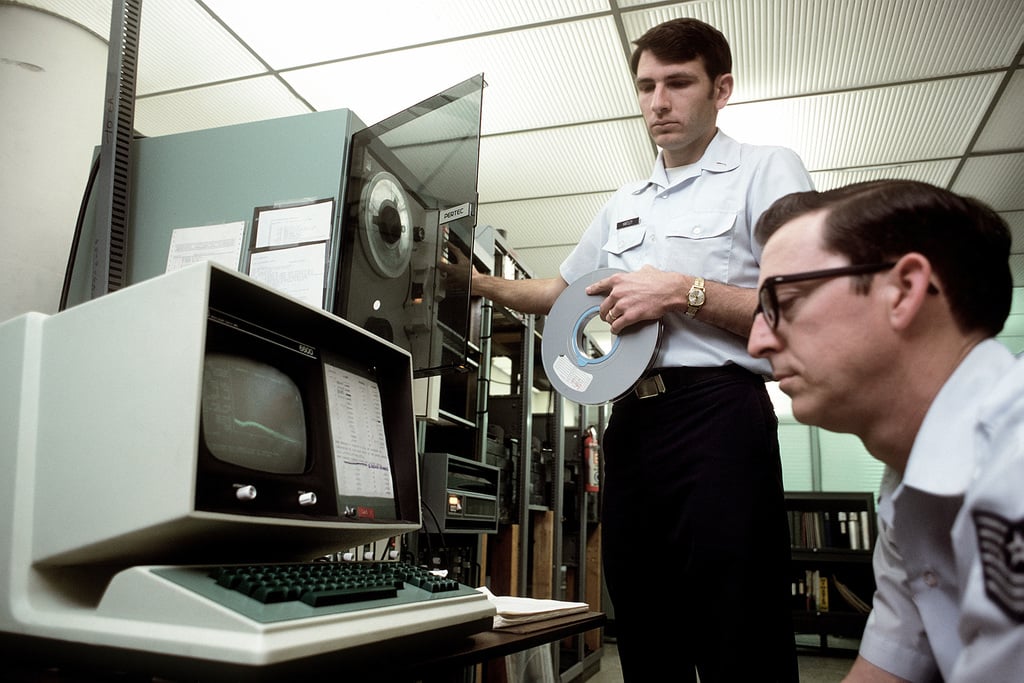 The U.S. National Archives, Picryl
The U.S. National Archives, Picryl
What Is Lake Karachay Like Today?
After the world learned of this disgustingly dangerous place, the Russian government started filling it in using special concrete blocks, rock, and dirt in hopes of keeping sediment from shifting.
By November of 2015, it had been completely backfilled—and then monitored.
 Unknown Author, Wikimedia Commons
Unknown Author, Wikimedia Commons
Why Did They Monitor It?
Before placing the final layer of rock and dirt, the lake was monitored for radioactivity. Data showed a “clear reduction of the deposition of radionuclides on the surface” after 10 months.
It now acts as “a near-surface permanent and dry nuclear waste storage facility".
 National Nuclear Security Administration, Wikimedia Commons
National Nuclear Security Administration, Wikimedia Commons
Can We Visit Lake Karachay Today?
The entire lake, as well as the neighboring city and the nuclear plant, are completely shut off from the outside world.
Any human contact in the area is strictly prohibited. The only legal way to get in is to go through a heavily guarded checkpoint—but permission to access it is almost never granted.
 Alexander Roumega, CC0, Wikimedia Commons
Alexander Roumega, CC0, Wikimedia Commons
Is It Possible To Clean The Area?
Is it unknown whether or not the area can be cleaned up to one day become usable. The radioactivity effects were so vast and so devastating that many believe it is an unachievable feat.
For now, the only thing the Russian government can do is avoid further contact with the area and hope that any lasting radiation be completely isolated to avoid contamination of the Techa River and the Atlantic Ocean.
 Alvesgaspar, CC BY-SA 3.0, Wikimedia Commons
Alvesgaspar, CC BY-SA 3.0, Wikimedia Commons

